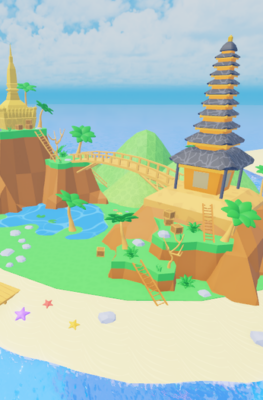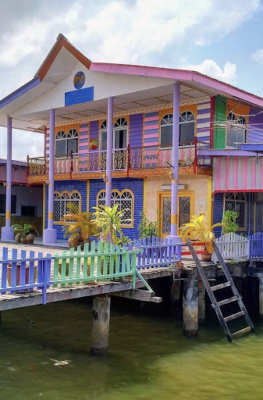Published on December 8, 2014
Go on an adventure along the Mekong River or around Cambodia’s coast facing the Gulf of Thailand.
1.1. Sea Port
Travelers to Cambodia by sea may disembark at one of two places: the port city of Sihanoukville, or along the Mekong River quay at Phnom Penh.
1.1.1. Sihanoukville International Port
Named after the late King of Cambodia, the port and resort town of Sihanoukville is the country’s only deep-water port. Completed in 1959, Sihanoukville welcomes both cargo and cruise passengers, with the latter coming for the area’s pristine beaches fringing the Gulf of Thailand. The area is more and more known now for its luxury beach properties, the first of which opened in 2004. A backpacker scene is evident as well. Sihanoukville is located about 220 kilometers southwest of Phnom Penh, connected to the capital by National Highway No. 4.
1.1.2. Phnom Penh International Port
Phnom Penh International Port serves passenger and cargo vessels coming in on the Mekong, with international arrivals arriving through Vietnam’s delta area some 330 kilometers to the south. The port itself is located in-the city center, right on the banks of the Sap river some four kilometers from its Mekong River juncture. Tourists go through Phnom Penh’s port to go to other river-accessible places like Kratie and Siem Reap in Cambodia and Chau Doc in Vietnam.
1.2. River-based
Cambodians regard the Mekong River as the source of life; travelers will find plenty to see and do in the communities fringing the Mekong.
1.2.1. Preak Toal Bird Sanctuary, Battambang Province
Prek Toal is a floating fishing village in Battambang province on the Tonle Sap lake, located next to flooded forests that harbor myriad species of endemic and migrating birds. Between December and March, visitors to Preak Toal get the chance to see thousands of birds come to fish and to breed. Visitors to the Prek Toal Ecotourism Site go on guided trips by trained bird guides to see not just birds but also the area’s crocodile and fish farms, among others. Guests can also choose to stay overnight at Preak Toal’s Environmental Research Station. Tourism Cambodia official page.
1.2.2. O’Svay, Satung Treng Province
The Osvay area in Stung Treng is rich with natural wonder: its Mekong River islands, river beaches and mangrove forests host local communities as well as endangered animals like the Black Cormorant and Irrawaddy Dolphin. From here, travelers can embark on a host of activities – hiking through the nearby forest, watching the wildlife, experiencing rural life, biking on the local dirt trails, and riding a boat around the Mekong islands. www.cepa-cambodia.org
1.2.3. Prek Kampi Dolphin Pool, Kratie Province
To see the Mekong River Dolphin in its natural habitat, come to the small village of Kampi in Kratie. Its dolphin pool houses about 20 dolphins, one of the largest such groups in the Mekong River. From Kampi, you can ride motor boats out to the river to see the dolphins up close. Around these parts, the Mekong River water is unusually clear and slow-moving. The best time to visit is in the dry season between January and May, particularly during the Khmer New Year. Tourism Cambodia official page.
1.2.4. Mekong and Tonlesap River Cruise
You’ll discover a lot about Cambodia just visiting the communities around Tonle Sap Lake on the country’s northwest. More than half of the fish consumed in Cambodia come from Tonle Sap’s waters, and the communities around the lake live according to the waters’ rhythms: their fish traps, stilt houses and floating villages all show a part of traditional Khmer life you’ll find nowhere else.
Part of its uniqueness derives from the Tonle Sap’s changing currents – where the water flows from the Mekong between June to October, the lake swells to cover 10,000 square kilometers, but reverses flow for the rest of the year.
A Tonle Sap and Mekong river cruise takes you to see these villages and more besides: visit Silk Island to watch traditional silk weaving or travel by oxcart on the island’s roads; visit a Cham tribal village; or dine on a Khmer lunch on a floating raft.





